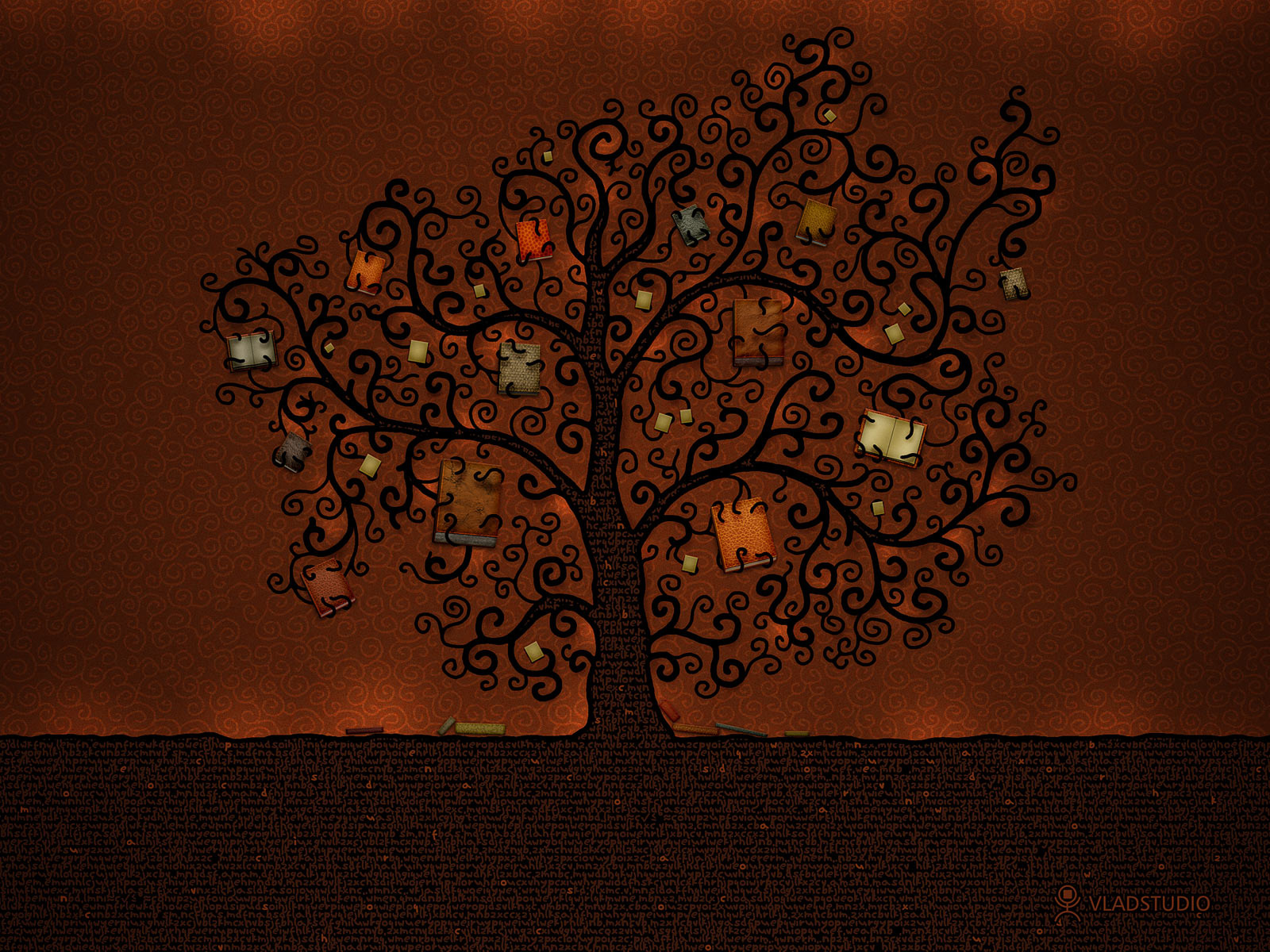 | |
| Review is an assignment from my fairy tales class |
Little Wooden Jerk
Collodi, Carlo. The Adventures of Pinocchio. Trans. Nancy Canepa. Illus. Carmelo Lettere. South Royalton: Steerforth, 2002. Print.
The Pinocchio most of us grew up with was characterized much like a young boy and went on an adventure to become a real boy! But the story it was based on, The Adventures of Pinocchio, follows the tale of a mouthy piece of wood that eventually becomes a puppet, and finally a real child. This story isn’t narrated by some clever cricket, but there are plenty of other talking animals.
The book takes the reader through Pinocchio’s many adventures, from meeting the dastardly fox and cat duo to meeting the fairy girl to the familiar Pleasure Island where boys turn into donkeys. However in the Disney version, much of the story is spent on how Pinocchio wants to become a real boy; in Collodi’s original, Pinocchio spends much of his time not particularly caring whether or not he turns into a real boy. Many of his adventures are caused by him not following directions and pursuing shortcuts to supposed riches or skipping school and studying in favor of a fun night somewhere else. Overall, his “adventures” tend to be mishaps that occur because of Pinocchio’s own decision to get into trouble.
The differences don’t stop at shortening the storyline. The Gepetto we came to know in the Disney film was an old man with a comfy, child-friendly home, not unlike a Swiss Santa Clause. However, in the book version Gepetto is a poverty-stricken man who sacrifices most of what he owns to send his puppet-son to school. The Disney movie was narrated by a talking cricket, Jiminy, but in the book, Pinocchio kills the advice-giving bug early on in the story. And the blue fairy in the Disney movie seems to be the driving force in the story, dangling the goal of being a real boy before Pinocchio, while in the book she’s added on as an after-thought almost, adding another magical element to this serial fairy-tale. So overall, the Disney film (like all Disney films drawn from fairy-tales) took some significant liberties with the plot and characters.
Pinocchio is not exempt from Disney’s “artistic liberties.” Collodi has Pinocchio start off as a mouthy piece of wood Gepetto’s friend pawned off on poverty-stricken Gepetto. And while being a self-aware puppet may require some suspension of reality, in this story puppets are apparently commonly self-aware creatures. So while it was certainly strange to read about people casually talking to this creepy golem, it’s supposed to be an unremarkable occurrence. In any case, Disney took this puppet which had a terrible attitude, and turned him into bright-eyed and innocent Pinocchio. Collodi’s Pinocchio seemed to have the mindset of an older boy, adolescent or just entering his teens. But Disney gave Pinocchio a much more innocent personality, one that is more naïve than mischievous, as in the case of Collodi’s original.
Overall, the book Pinocchio was more interesting than the Disney movie, and far more suitable for adults. While it was originally published as a story for children, I feel that the story would be better suited as a pleasure read for those actually interested in literature and fairy-tales than in children of today. Some things that happen in the story are more graphic than some parents may feel comfortable with exposing their kids to or just plain less interesting than a colorful wooden boy on the television screen. Is Pinocchio a must-read? Frankly, I wouldn’t say that. Is it fun if you happen to have a copy on hand? Sure, and if you have some free time, I’d say go right ahead and enjoy the original fairy-tale. But don’t expect a Disney-fied version – you will be disappointed.
Audience:
My audience will be people of my age group who already know the Disney version of Pinocchio. I intend to publish this review on a blog (maybe not my own, but on the internet in a casual medium as opposed to formally in a newspaper). This blog will be for book reviews of adult books, or at least books for older readers and will typically be delivered in a casual tone. My intended audience will be readers who happen to have access to internet and blogging websites, so I intend to keep reviews friendly to younger audiences as well, just in case.




